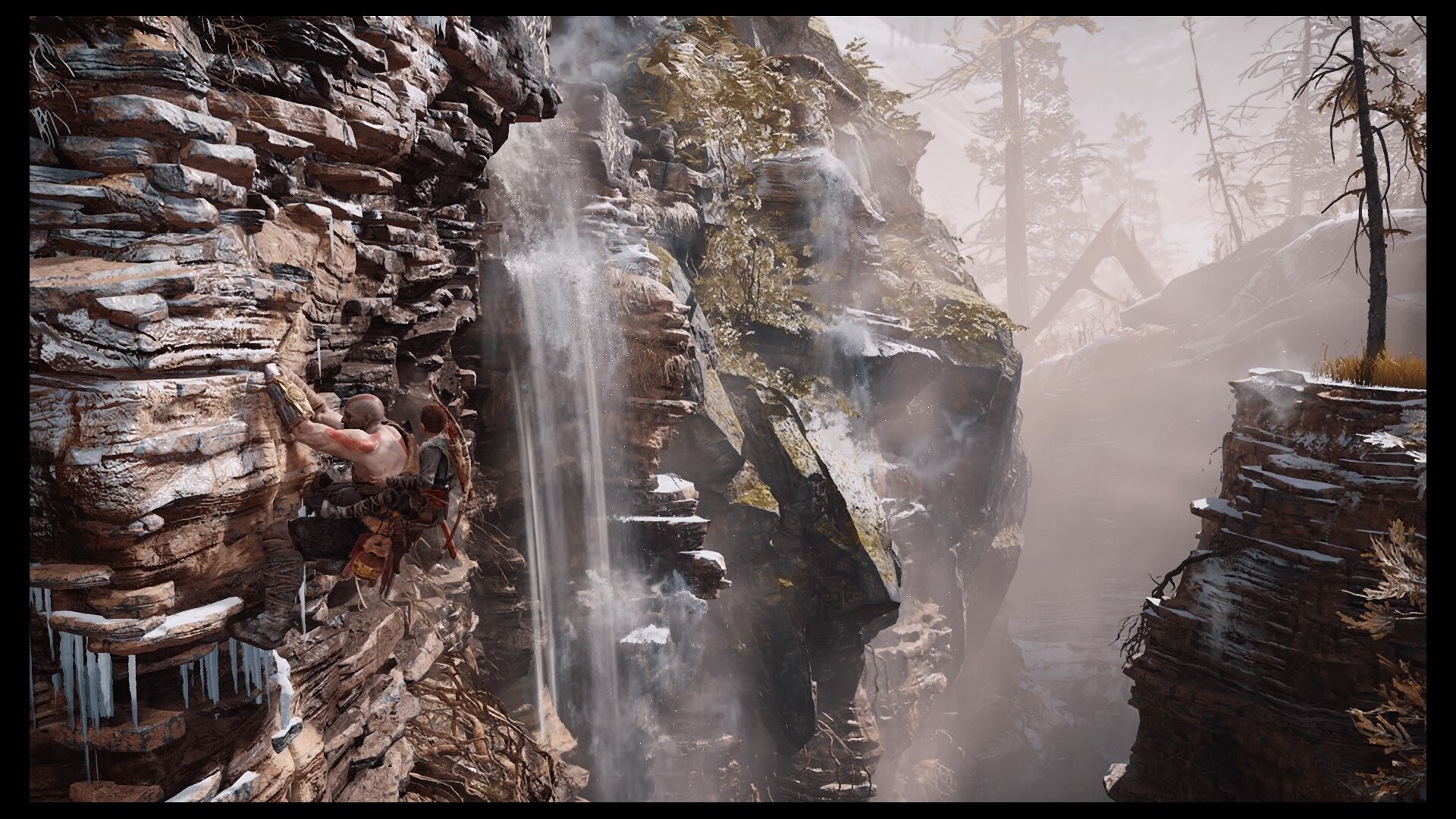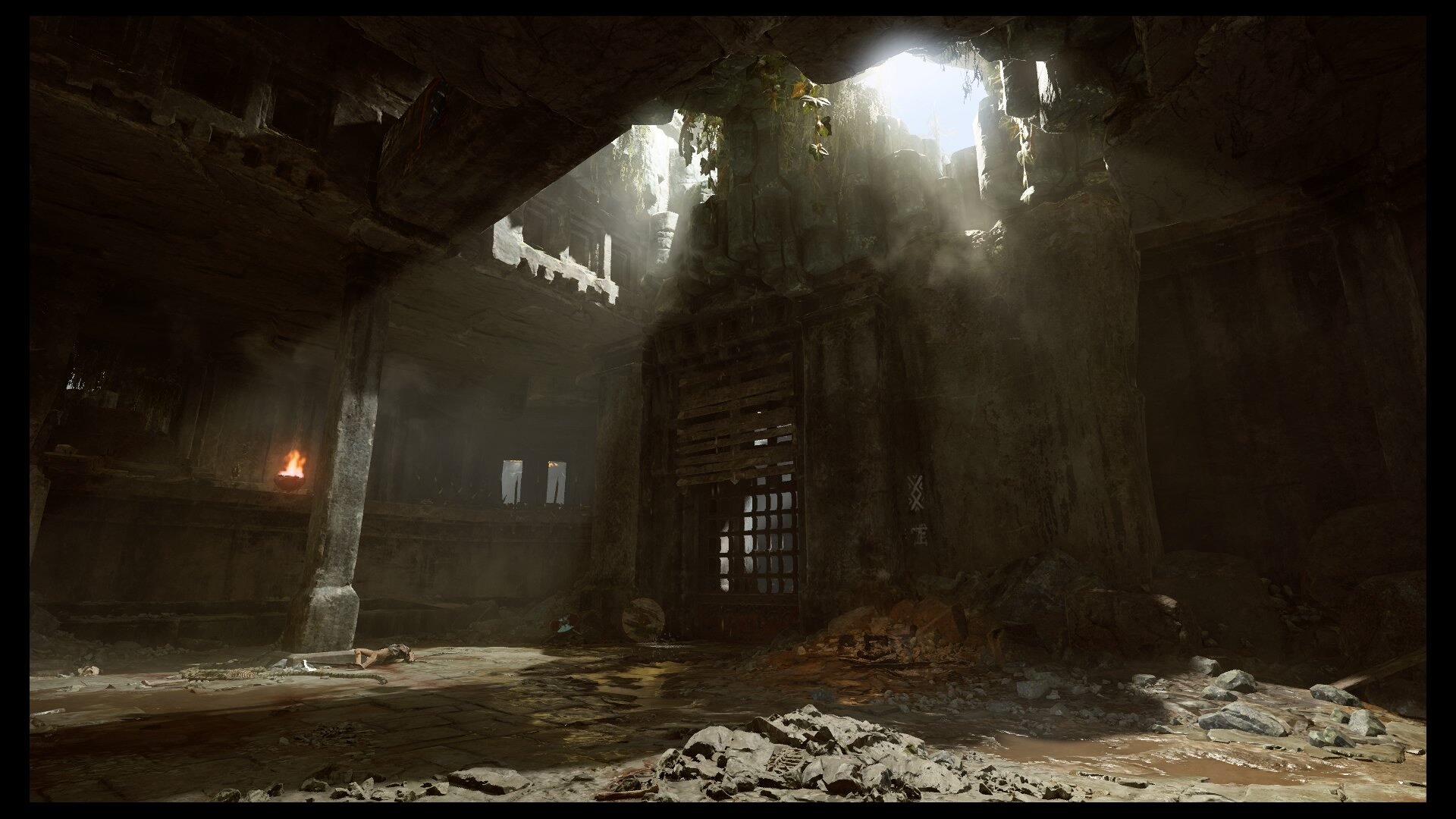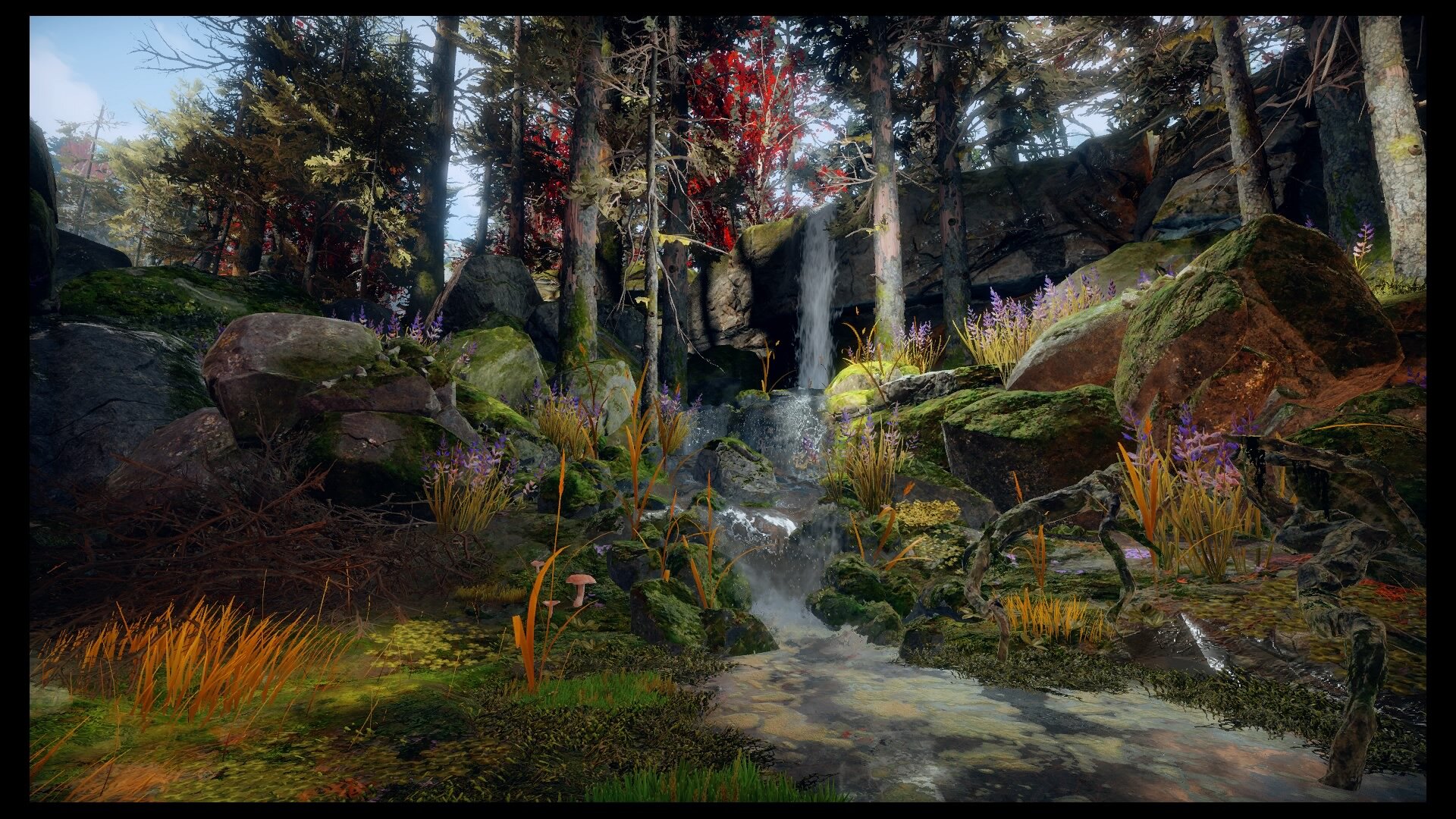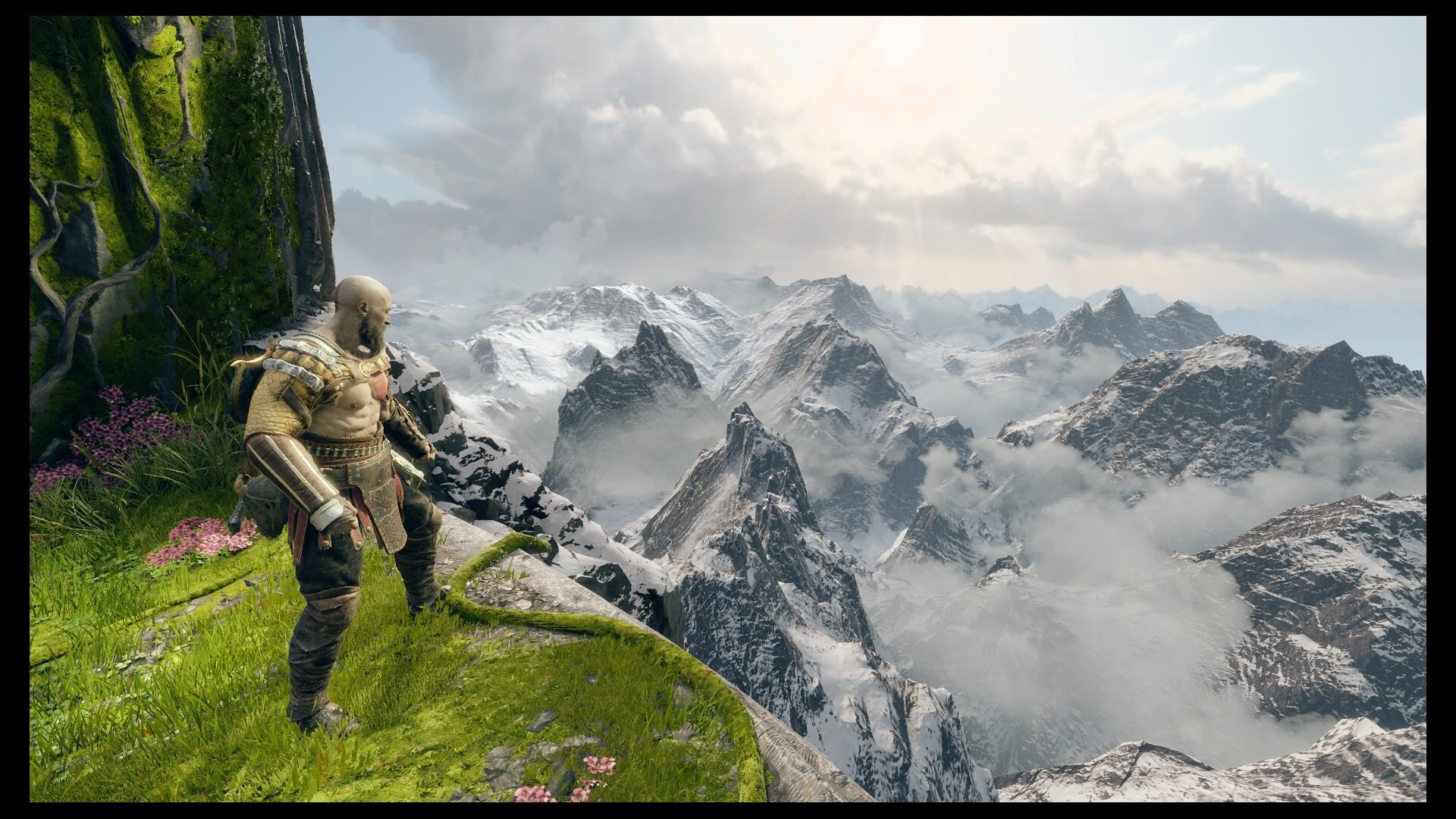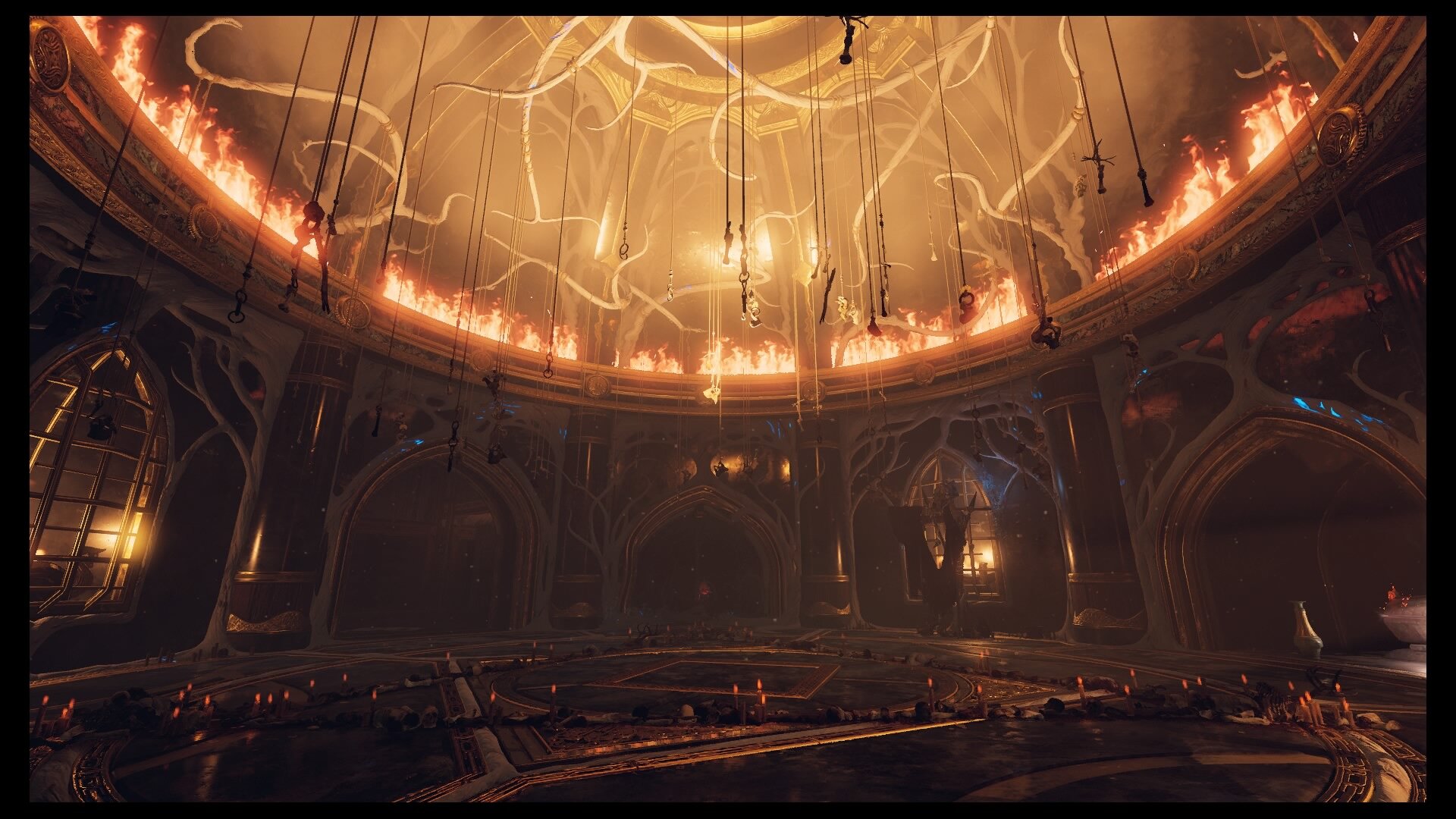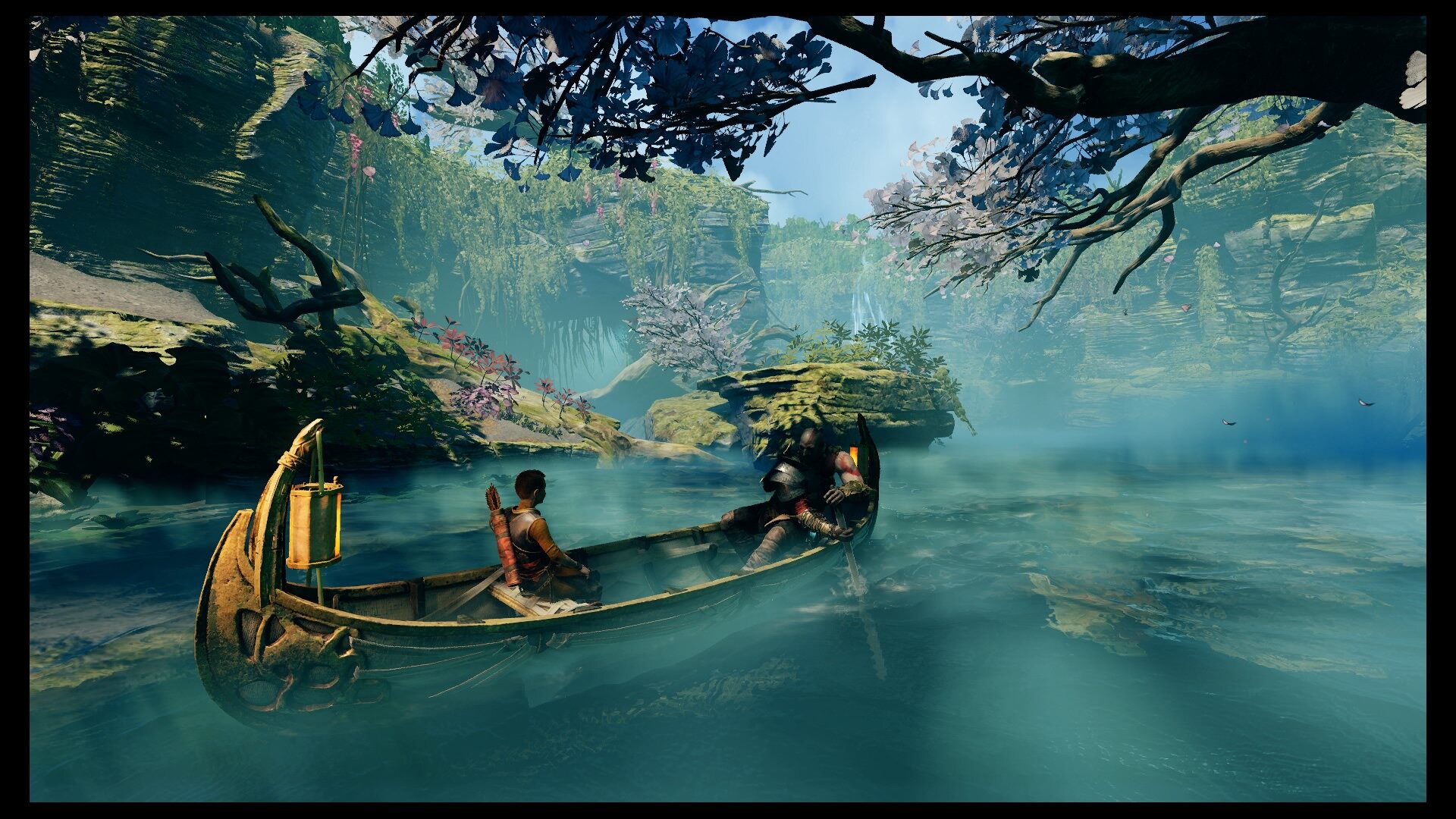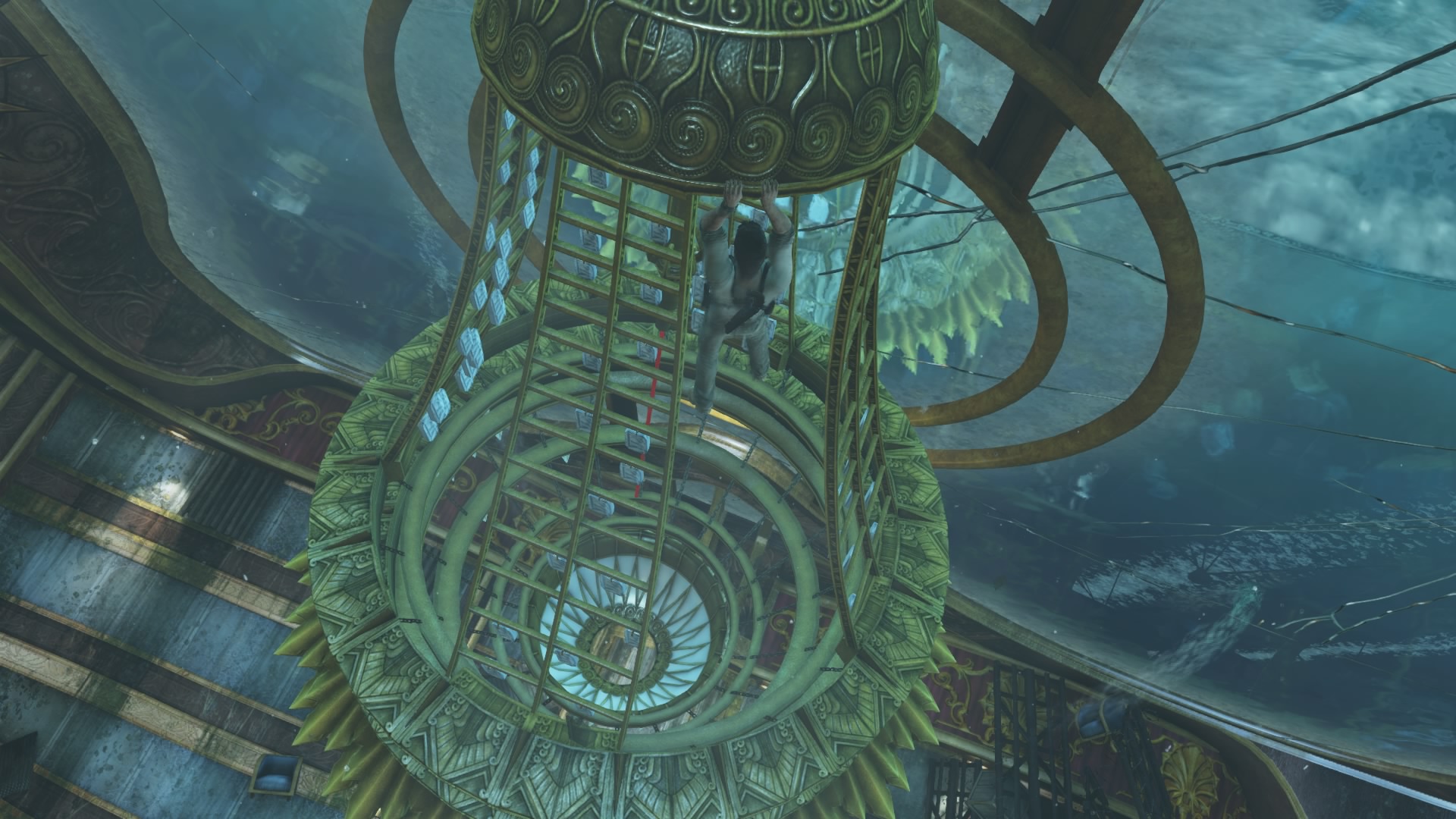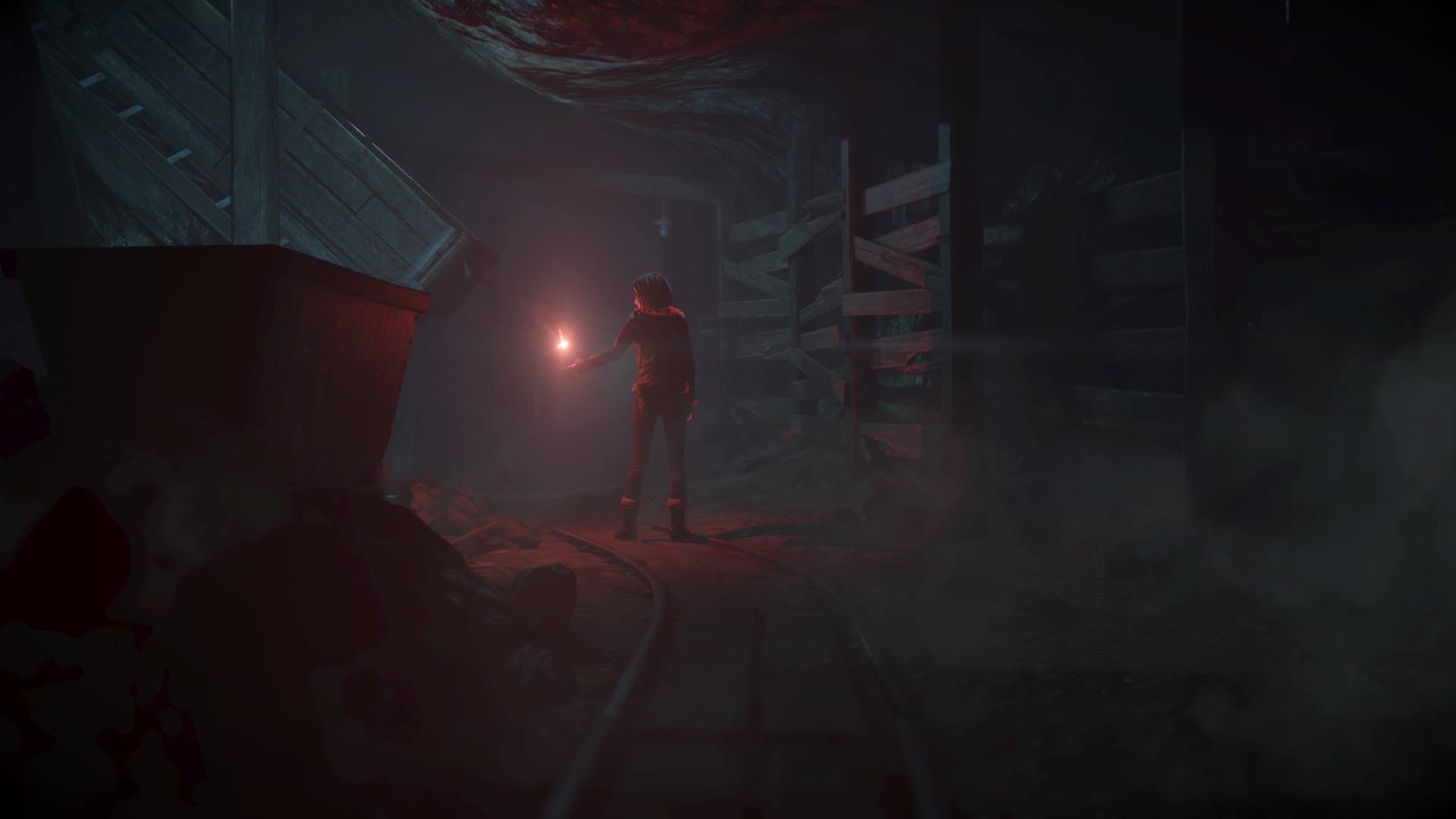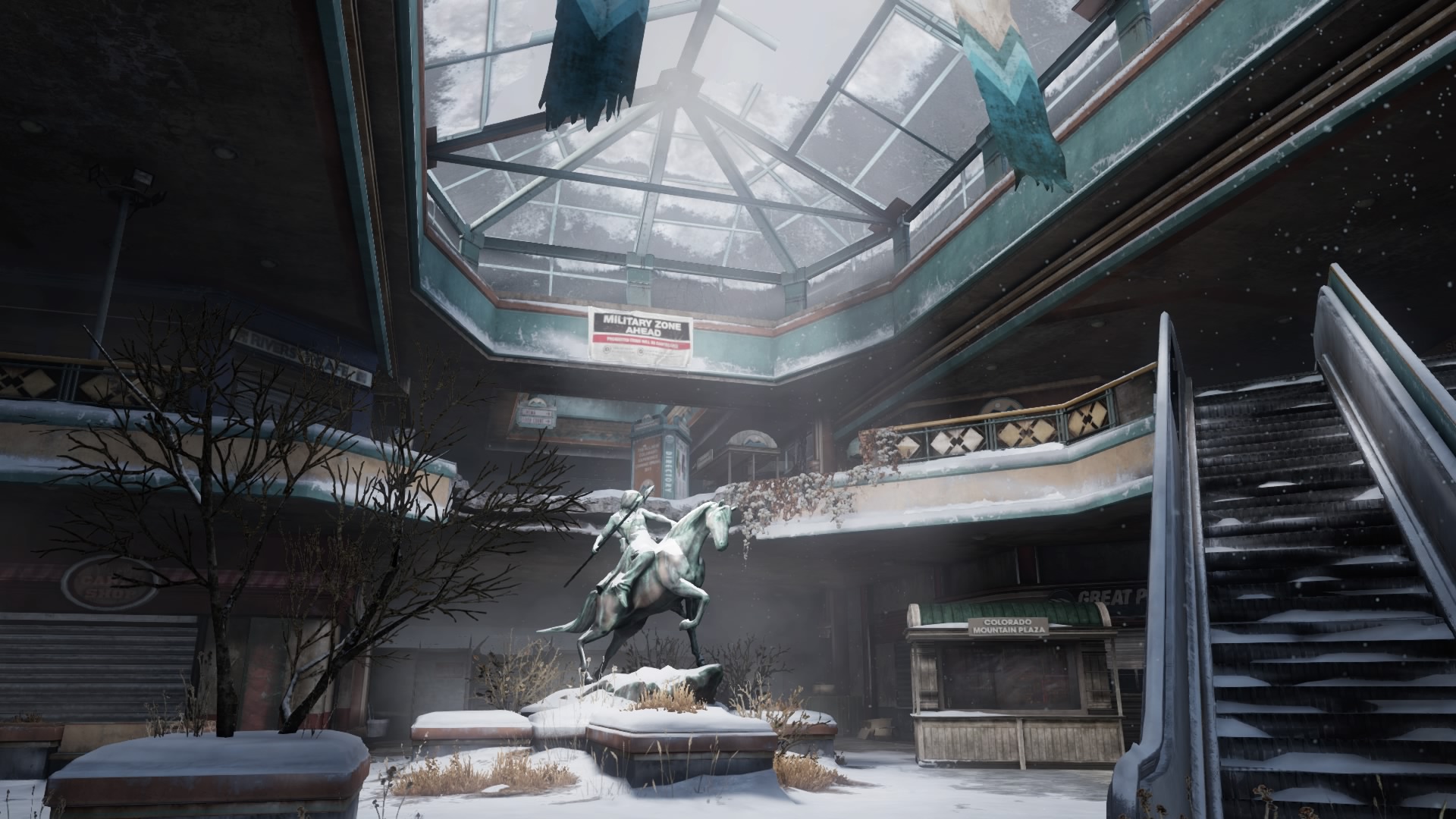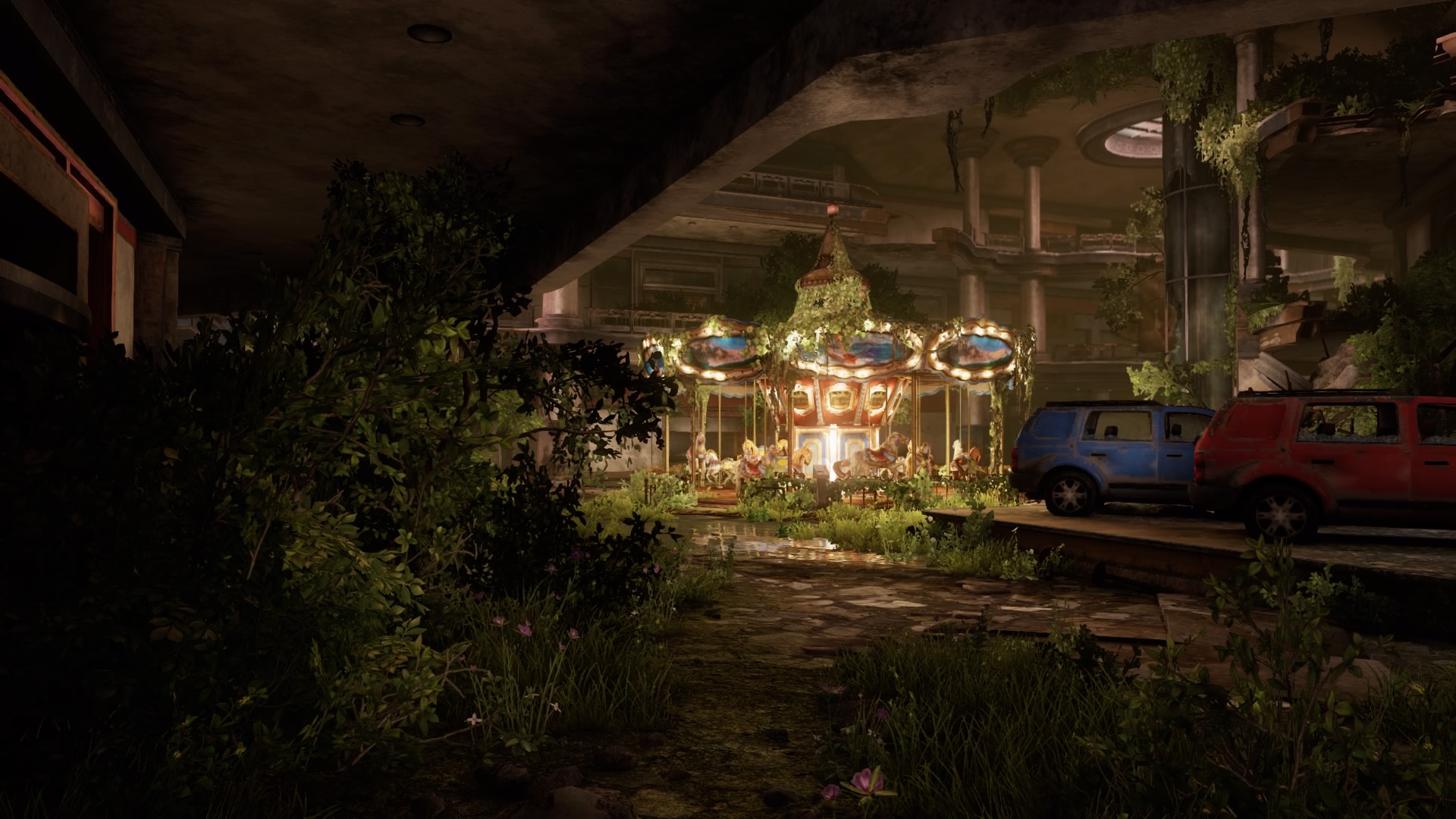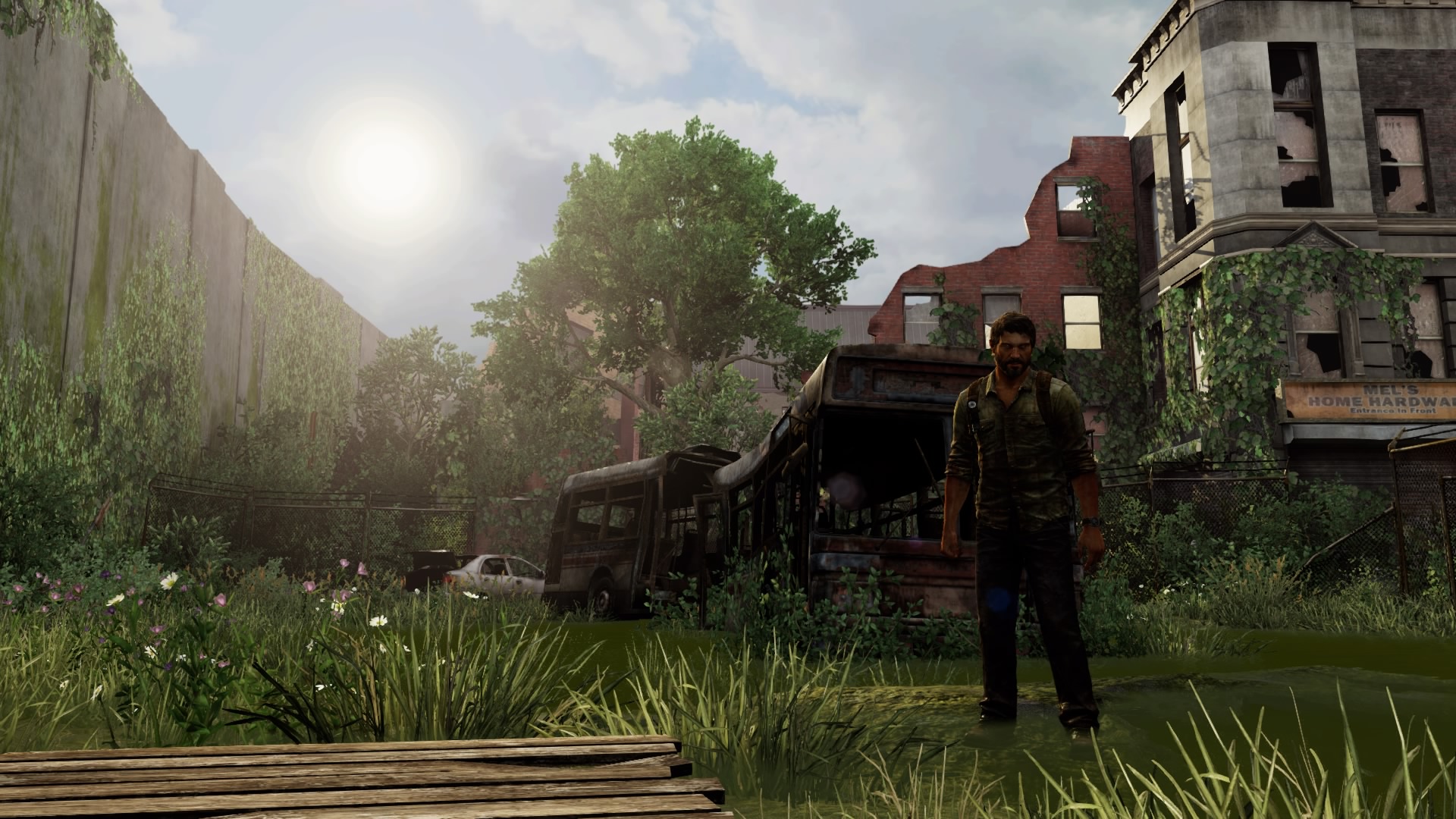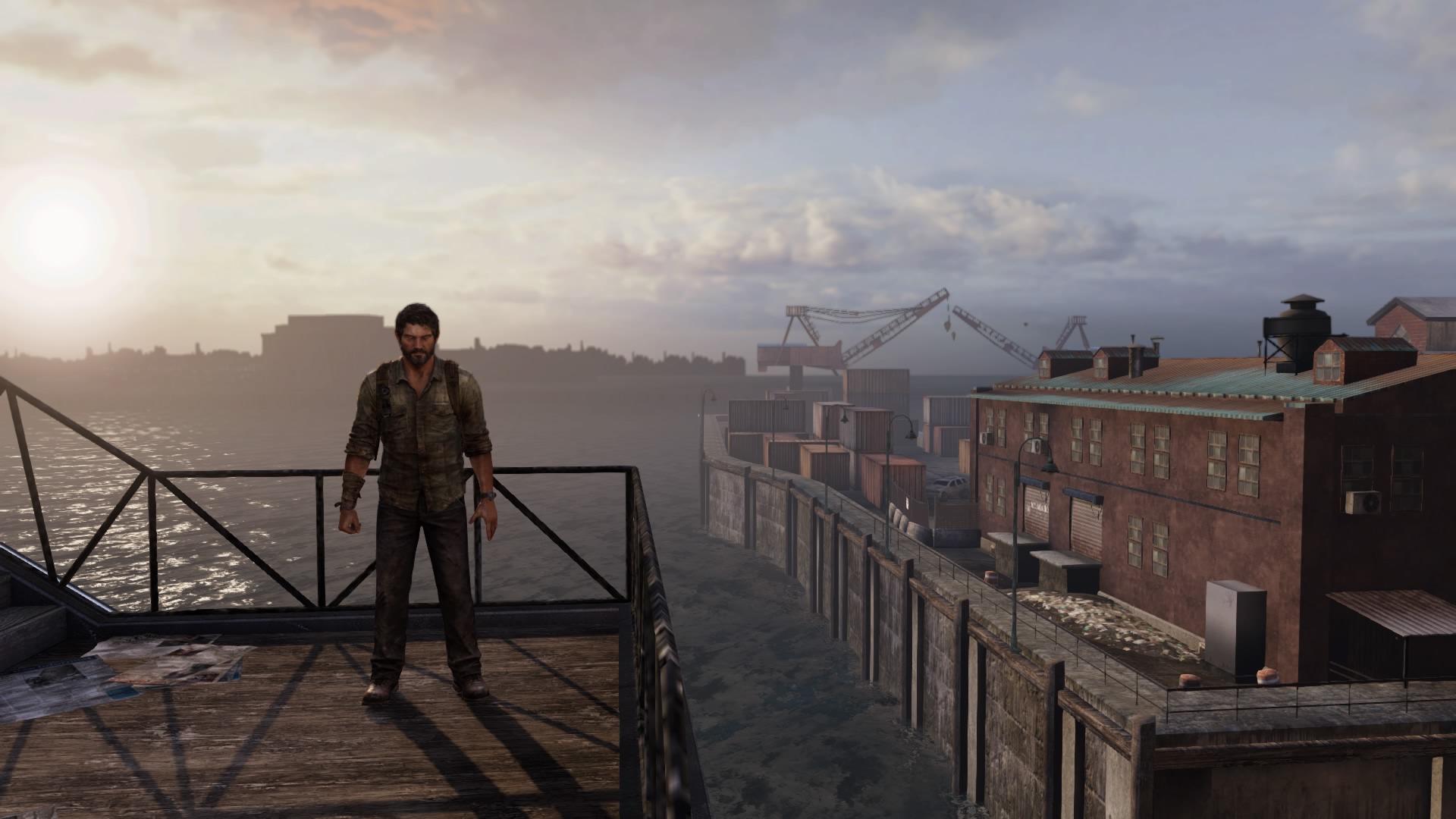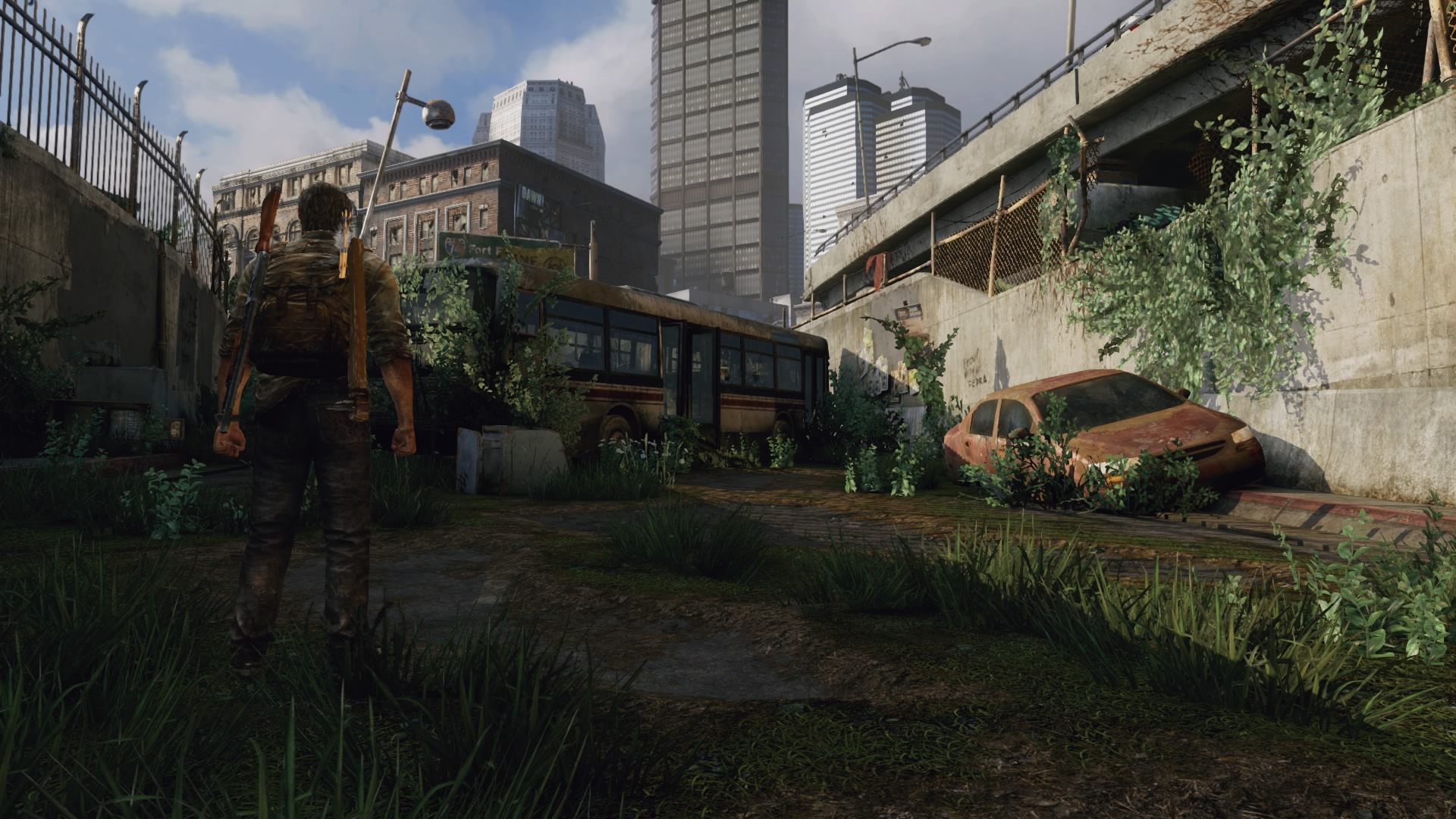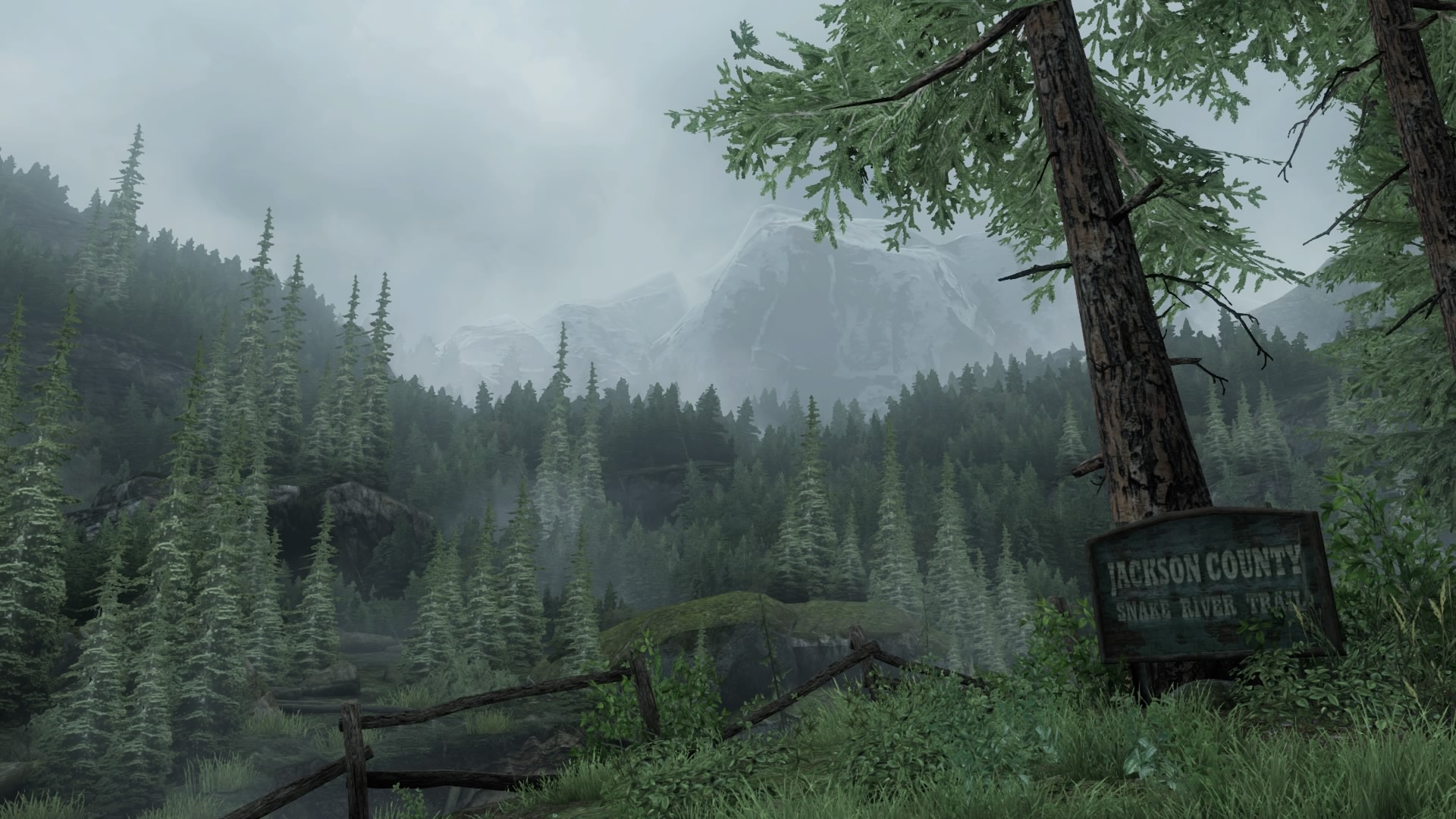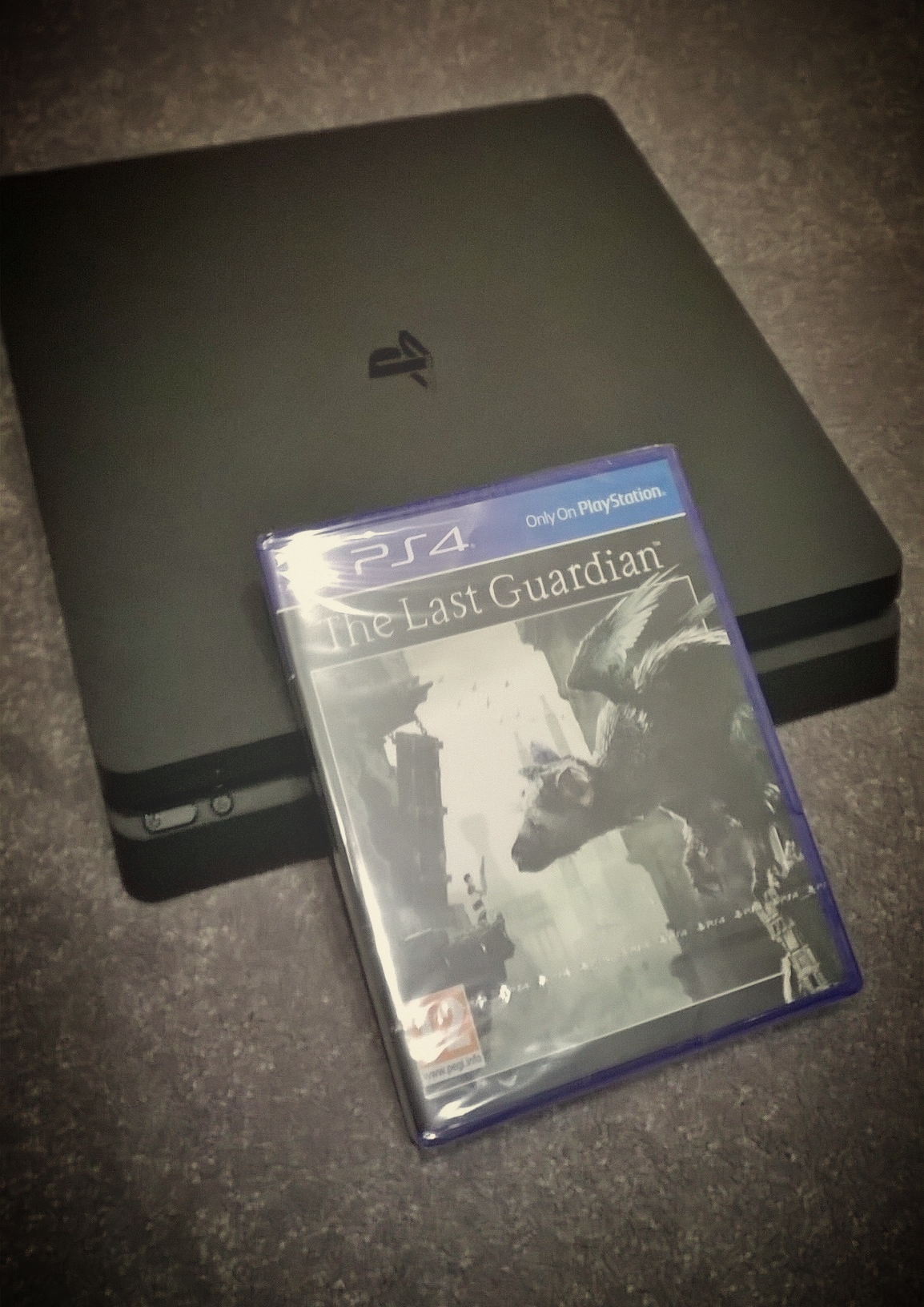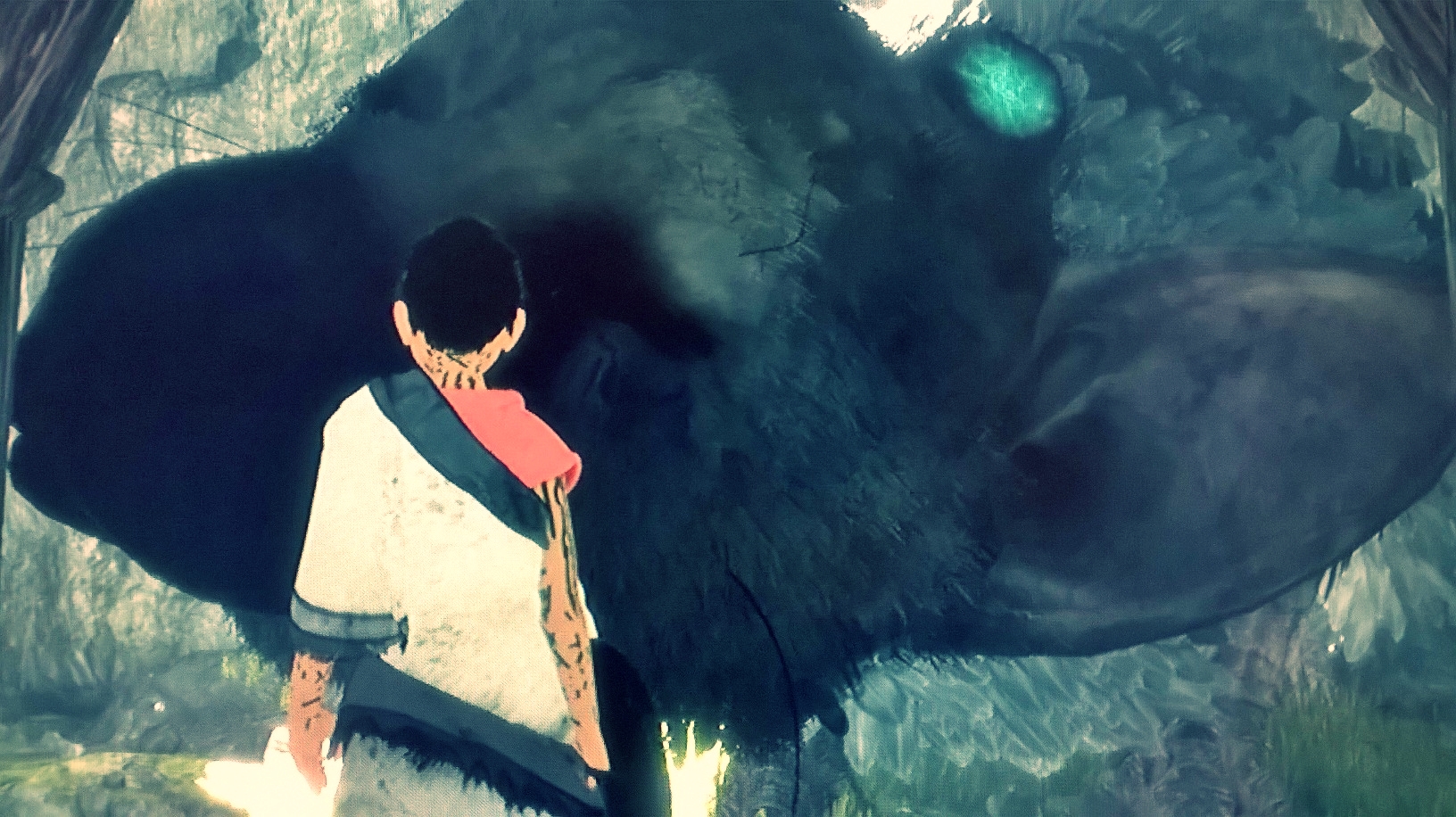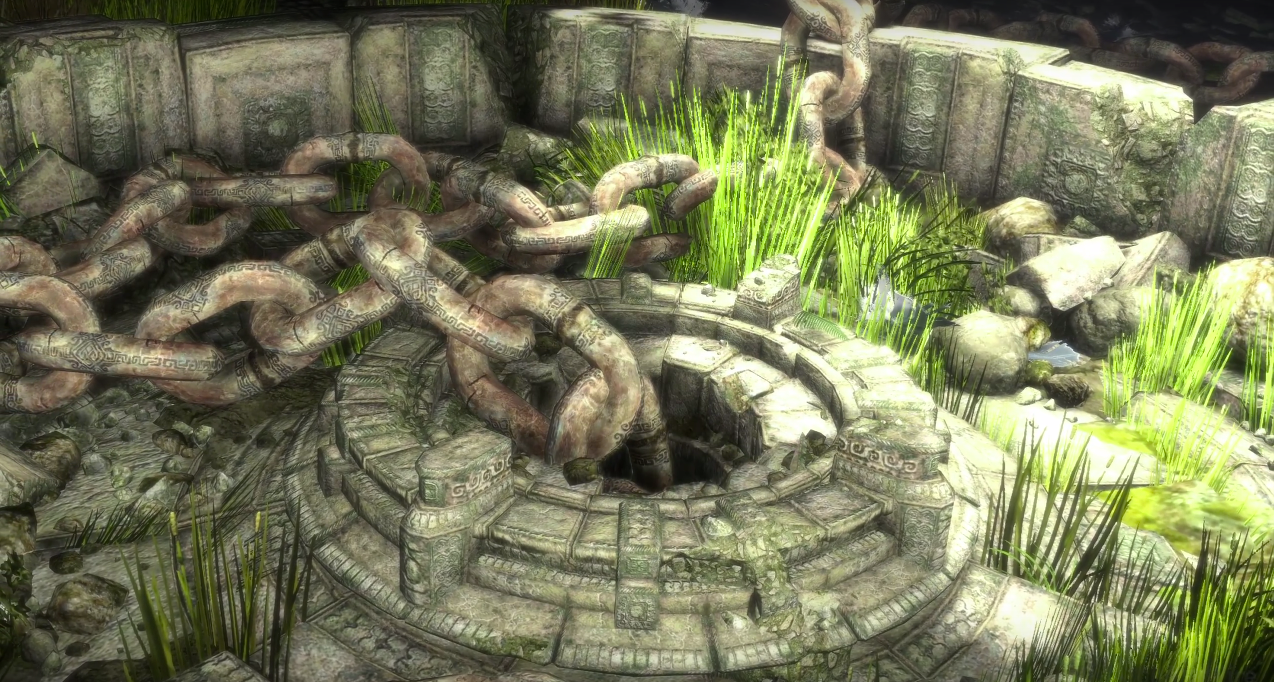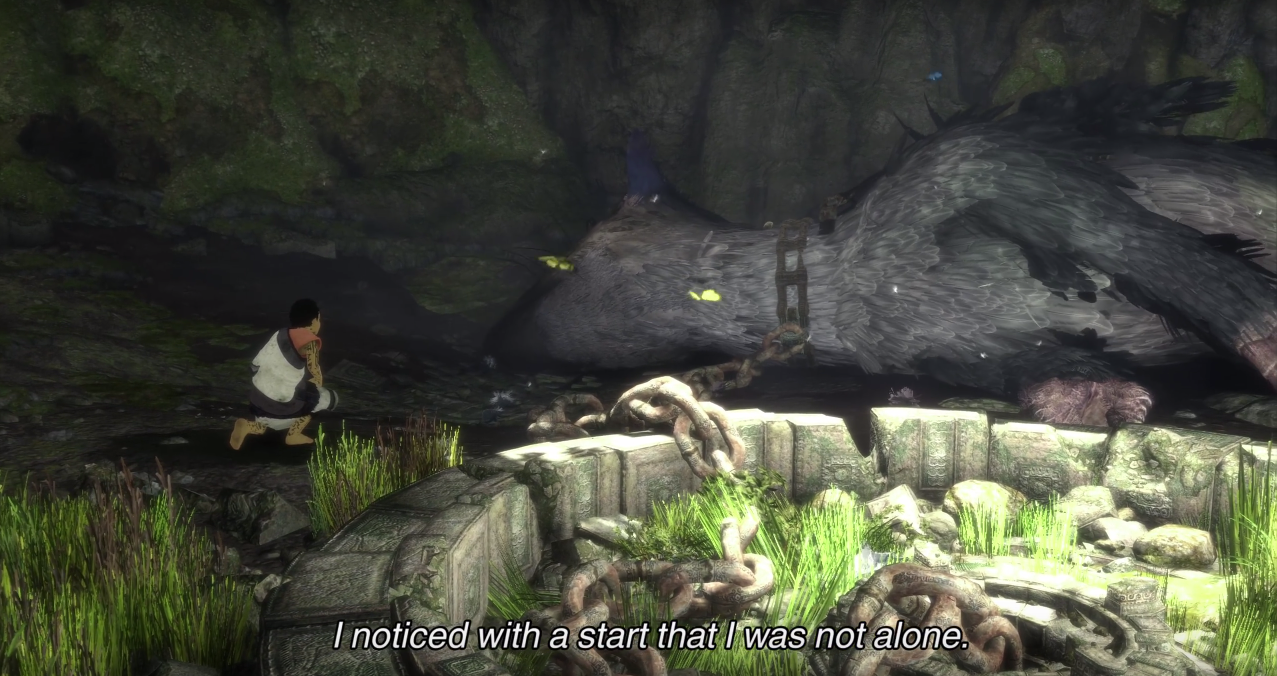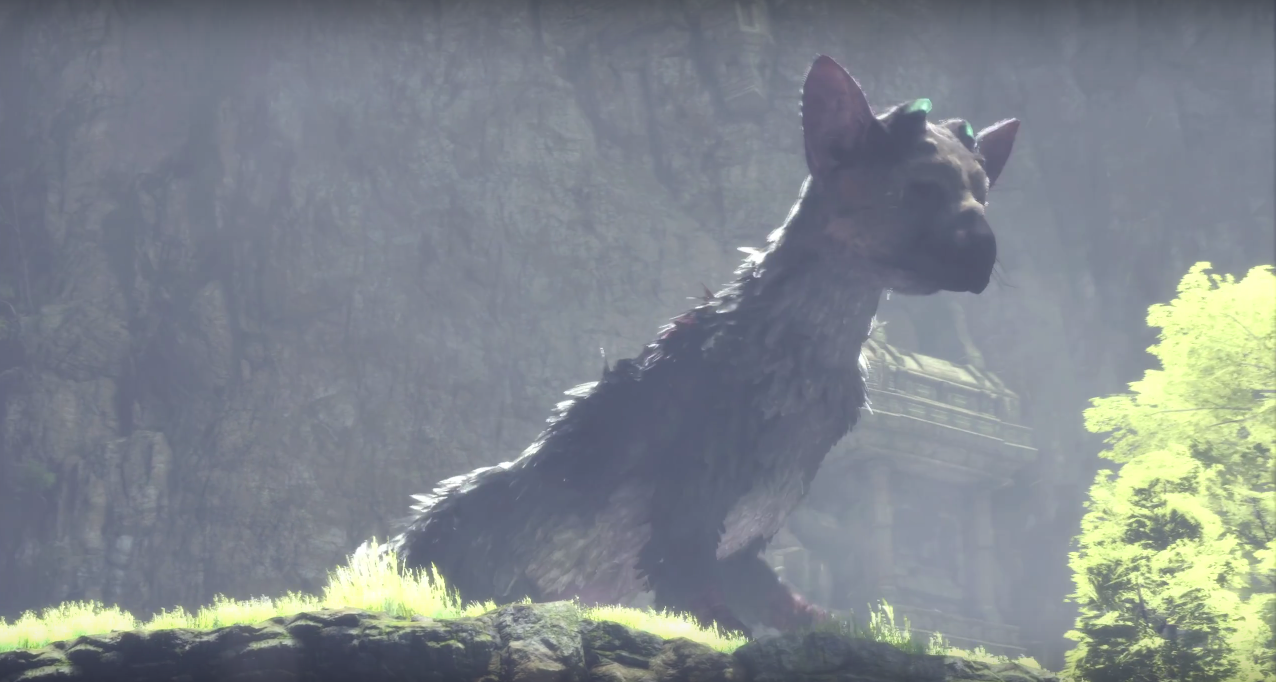I have a deep love for the trilogy of videogames made by Fumito Ueda. Over the course of two decades, he has made just three games but they are all unique and have pushed forward the argument that videogames can be art. I have read the novelisation behind his first work Ico: Castle in the Mist by Miyuki Miyabe (which I've reviewed here) and the deep dive Boss Fight book about his second game Shadow of the Colossus (reviewed here) but I still do not know much about the artist himself. Author Damien Mecheri looks into the early life, inspiration and creation of this most illusive of auteurs in his book The works of Fumito Ueda: A Different Perspective on Video Games. He does this through trawling through interviews, video footage and research rather than access to the great man himself but what is revealed is fascinating stuff indeed.
We get a brief biography including the fact that he wasn't a keen student but rather more interested in manga and videogames. He became as Art Student and was inspired by the works of Giorgio de Chirico, Gérard Trignac, Giovanni Battista Piranesi and Hiyao Miyazaki. When he got his first job it was with a local television company and then a computer graphics company who used Light Wave 3D. He made his first games with Warp (best know for the cult games D and Enemy Zero) before being given an opportunity to pitch to Sony.
The first section of the book is about 50 pages and is entitled Creation. It looks at the making of the three games Ueda is known for: Ico, Shadow of the Colossus and The Last Guardian.
Ico
Mecheri breaks down the inspiration for Ico and it makes for a fascinating drop down the Google rabbit hole. He discusses the well known games Prince of Persia and Another World (both of which I'd played and completed many year ago) but there were more obscure inspiration that I looked into as I watched the animation The King and the Mockingbird and Galaxy Express 999.
Some facts that I found particularly fascinating were:
- The economy of means and design by subtraction, both Ueda's calling cards, meant the game was created by a maximum of 23 people.
- Rather than photorealism he was looking for emotional realism, the way characters acted and interacted had to have that universality of human connection. I believe it is due to these reasons that Ico is still well regarded and remembered today.
- The lack of lore in the game imbues the architecture, the third character in the game of you will, with a mixture of awe and wonder and some level of menace. The strangely cohesive whole, which starts off looking like many non-Euclidian spaces from gaming back in that era, actually does work as a cohesive space. If you can see it, you will probably go there sometime in the game.
When I played Ico, over 20 years ago now, it was full of intrigue and mystery. Why was there a boy with horns? Why was he being taken to the temple? Why was he placed in the sarcophagus? What had happened to the people of this land? The wonderful thing about this game was that very little is revealed to you, even when you finished the game. The world seemed rich and immersed in a history which I didn't know, no lore was presented in Ico but you could create your own narrative through events and the structures within the castle. A lot you had to interpret and guess and, for someone who likes media that makes you think and question, that suited me just fine.
Playing the game I fell in love with the simple but powerful mechanic of not understanding my partner Yorda, but knowing that I had to help her escape the castle. The game itself is an escort mission but not annoying; you develop a protective bond with this ethereal girl who you can't communicate with. The bond of holding hands is powerful and later on when you are without her it feels terrible, not many escort missions can achieve that.
Shadow of the Colossus
For his next game, Ueda wanted an adventure and action game that did away with superfluous low level minions but concentrated on the boss battles. His idea was that the player should have all the tools required from the beginning of the game and that it would be a matter of skill rather than inventory that would win the day.
When I bought the game on release day I loved the opening. We were given some narrative but events felt bigger than us and the world seemed to have existed before our character even comes into play, it seems like a lived in world yet so very little is told; Why was there a dead girl dead? Who was Wander and what was his relationship to the girl? What was this desolate place and how did Wander know of the prophecy to cheat death and bring people back from the other side? Who were the Colossi and who was the voice guiding you to destroy such beautiful creatures?
There seemed to be a connection and it felt that if you worked hard enough you could understand, but with the economy of design and lack of voice over work and cut scenes explaining the story, you could create your own narrative based on what you saw and felt. There is no ludonarrative dissonance; the world was free to explore and it was only by holding the sword aloft that you were directed where to go. Meeting the different colossi for the first time was such a thrill, very few games have matched the sheer awe of meeting these mysterious creatures for the first time. As you fulfilled your dreaded destiny and killed these mighty beasts there was a feeling of remorse and regret. After each killings there was a sense of futile interactivity as the black tendrils enveloped you and left their mark on our slowly decaying body.
Both Ico and SoTC still resonates with me and this is in no small part due to their phenomenal soundtracks. The SotC score in particular resonates with me still and was created by Kou Ootani, who also soundtracked the wonderful Haibane Renmei (one of my favourite anime).
The Ico OST is scarce but perfectly pitched for key events, like the original Prince of Persia game. SotC has an emotive score full of sadness but also adventure, it suits the mood perfectly and both soundtracks are masterclasses on scoring for a game and how much a score can lend to an overall games impact.
The Last Guardian
Ueda planned his next game to be about the relationship between a boy and an animal, as he noticed a lot of people had reacted very emotionally to the Wander-Agro dynamic.
Some facts that I found particularly fascinating were:
- He wanted Trico to behave like an adolescent, not always reacting to instructions immediately or positively.
- He wanted a quicker turnaround time on the game so pushed for R and D first before going into the planning stage.
- With the game falling behind schedule Ueda left Sony but worked with them through his newly formed company Gen Design.
- Other Sony studios pooled together to get the game back on track and PS4 ready.
- The game did okay but well below expectations. However, it did recoup it's production costs as it wasn't that expensive, especially when compared to Western development costs at the time.
I bought the PS4 and The Last Guardian on the same day. In fact, I got the PS4 specifically to play the game. Now, there were a few other games of interest but this was the one for me.
I found the game to be full of interesting ideas and the art style was beautiful but I did find it lacking. It was a singular game and I appreciated it for trying something very different at a time when games had become a bit safe and less adventurous. The soundtrack was good but it didn't get into my soul like the precious two games. I think it missed the Outani score from the second game in particular.
The next section then looks at Universe, this is the interconnected worlds that can be seen within the game--dependent upon the interpretation of the player. The Castle in the Mist, the Forbidden Lands and the ancient structures with the evil eye of the Nest all seem to be a interconnected world, this was well before Marvel movies popularised this idea
Universe looks at how Ueda's themes are open to interpretation by each player, he doesn't provide definite answers. Like the abstract art he so loves, Ueda has intentionality in his works but how people react and experience the games are all valid. However, there are certain motiffs that cover Ueda's games including horns, Chiaroscuro, fatality and sacrifice,
The chapter, 'In the Shadow of Tales' was fascinating to me as an an old Anthropology student. When Bruno Battelheim and Joseph Campbell are mentioned my eyebrows shot up with interest- this was my bag and what I was looking for within this book.
I like the authors description of the difference between a tale, myth and legend:
'A tale is, first and foremost, an account that only exists for itself. While it has the power to pass on morals or values, it nevertheless doesn’t explain anything. A legend, on the other hand, has a more general basis on actual historical elements, but mostly transforms them to embellish or intensify the reality. As for a myth, it has a superior element: belief. A myth is a symbolic explanation of how the world, or nature, functions and has served as social, philosophical and ethical bases for numerous civilizations.'
The rough gist is stories predate the printing press, libraries and even writing itself. Myths and legends, Fables and folklore are passed down from generation to generation, across the years. We create and share them, and in turn, they create us as well, by becoming the building blocks of our cultures. They teach us our values and what we believe, and they hold us together, across diaspora and against the ticking of the clock. We remember our Ancestors, they world they lived in, and the things they believed through the stories they left behind.
There are myths that millions of people are familiar with-the ones that are shared across an entire culture or religion, that tell us how our world wad created, the origins of life, of gods and Goddesses and spirits. Even though they are written in books now these originated from the oral tradition, stories told around campfires or sung in ballads.
Even though in much of the West, faith in religious institutions has massively declined, the interest in myths has remained steadfast as their power lie not in their truthfulness, but rather what they make us feel and what they inspire.
Chapter 3 looks at the music and the sound design. For Ico, Mecheri discusses the sound spatialisation that compliments the colossal castle structure and cavernous rooms, creating a sense of isolation and foreboding in the echoey spaces. The soundtrack was composed by Michiru Ōshima and Pentagon with a couple of tracks created by Masaaki Kaneko.
The author then looks at the majestic Kou Ootani score for SotC, which is glorious with orchestral swells and contemplative moments.
I own the CD of Ico and Shadow of the Colossus and the vinyl for Colossus too so these are formative videogame scores for me. Mecheri also looks at Takeshi Furukawa's The Last Guardian soundtrack which was performed by the London Symphony Orchestra.
Chapter 4, Decryption, looks at how the games were received amongst different communities, the reviewers, gamers and the public. Mecheri looks at how many fans of Ico and Shadow of the Colossus spoke about "poetic intuition–the impression of experiencing an elegant, magical, touching and inspiring work." And he's not wrong. When I experienced the games I was going through an existential crisis, as many late teens go through, and the games were a salve of sorts for my anxieties. There was the usual heated debate about 'art games' but in a world of Journey, Dear Esther and Gone Home, what constitutes a game isn't set in stone.
He then does a deep dive into art vs Art and it is a thoughtful and considered discussion. He asserts that Ernst Hans Gombrich was correct in his 1959s book The Story of Art, when he says, “There really is no such thing as Art. There are only artists. [...] There is no harm in calling all these activities art as long as we keep in mind that such a word may mean very different things in different times and places, and as long as we realize that Art with a capital A has no existence. For Art with a capital A has come to be something of a bogey and a fetish.”
The focus of art history and how it was thr preserve of the elite, until pretty recently, is fascinating and well presented. We travel through the Greek mimises to Kandinsky, to Cubism to Nouveau Roman. For anyone interested in the whole 'Are Video games art?' debate, this is the book you've been waiting for as both sides are presented is a fairly balanced way respectfully. For me, art is any medium where a unique piece has been created which elicit an emotion, be it deeply moving or introspection inducing. Art can exist in many mediums but can be unique in the specificities of the medium it is presented in be it paint, sculpture, collage, digital imaging or video games.
Mecheri looks at auteur theory and the power of an individual with a stylistic and thematic consistency.
Approaching the end of the book, Mecheri discusses the impact that the games of Ueda have had on the industry. He discusses numerous video games and creatives who cite it as an inspiration including Hideo Kojima, Peter Molyneaux, Neil Druckman, Yoko Taro and many more.
Conclusion
I love Ueda's trilogy of games as they stood apart from what was the prevailing gaming theory and design of the time. In think I prefer his use of narrative through gameplay rather than having an audio log/ diary pages/ weird graffiti on walls as I always find it feels like the need of the authors to assert themselves in games. This can be oppressive at times. Don't get me wrong, I don't think all games need to have stories or benefit from not having stories but there should be careful editing and curation of the information shared.
The influence of his games has been keenly felt across the medium and I am glad that I had a chance to read this deep dive into this enigmatic creatic and true genius.
LINK- Ico and SOTC: Reflections of a Gaming Life
LINK- Shadow of the Colossus (Boss Key): Book Review
LINK- The Last Guardian: Video Game Review
LINK- Let’s All Create a ‘New Normal’.
LINK- Ms Marvel Can Change the World
LINK- The Rise of Retro Gaming During Covid



